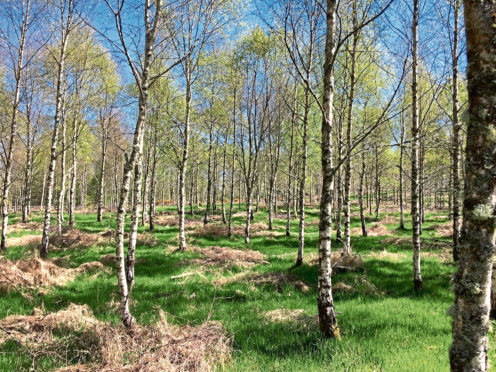Farmers are encouraged to make more from neglected areas of woodland.
Paul Schofield from Galbraith’s forestry team says broadleaved woodlands are an important, but often under-valued, resource on farms and estates.
“Over the last decade or so, the growth of the wood fuel market has provided the opportunity to bring woodland back into management that may have been overlooked for many decades, allowing them to contribute profitably to the wider farm or estate enterprise,” said Mr Schofield.
He said the location of some woodlands could constrain timber harvesting operations. However the Scottish Government’s Forestry Grant Scheme, which is due to close in December, offered support for creating new forest roads and lorry loading facilities in undermanaged or inaccessible woodland up to 125 acres.
“If achievable, most woodlands benefit from regular thinning, which helps to restore productivity and enables dormant woods to flourish, allowing the removal of larger volumes of timber in the longer term by providing more growing space for remaining trees,” added Mr Schofield.
He said all woodland operations must be carefully planned to avoid damage to soils, pollution of watercourses and disturbance of protected species. Formal permission must be obtained from Scottish Forestry before any thinning or felling.
“With improved markets for low-grade timber, wider availability of suitable equipment and well-targeted grant support, there has never been a better time to unlock the potential of broadleaved woodlands,” added Mr Schofield.
